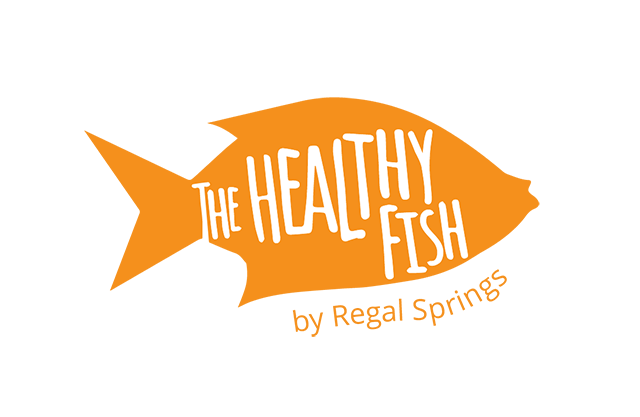There are a variety of reasons people prefer frozen fish over fresh and vice versa, from nutrition content, to practicality. For us at Regal Springs, however, you always have the choice between both fresh and frozen Tilapia. But what’s the difference, really?
Nutrition
The debate between fresh and frozen fish is often one of nutritional value. We tend to think of fresher fish being more nutritious, but that may not be the case every time. While it is true that some nutrients may be lost while thawing out frozen fish, the amount is minimal. Often, fish that is farmed to be frozen (like Regal Springs’ Tilapia from Indonesia) is frozen within hours of coming out of the water, which allows the fish to retain as many nutrients as a fresh fish would. Of course, improperly thawing your fish or purchasing fish that hasn’t been frozen immediately after catching can inhibit the nutritional value, so always check where your fish is coming from.
What to Look Out For
When choosing frozen fish, be sure to look for freezer burn or ice crystals. If you see these signs, it likely means that the fish has been thawed and refrozen (which can affect taste, texture and quality). Once you have purchased your frozen Tilapia, ensure you retain its nutrients by keeping it frozen until you’re ready to use it. Then, to keep as many nutrients packed in as possible, defrost the fillets by rinsing under cold water until thawed and cooking immediately.
When selecting fresh fish, ensure you check its eyes, gills, skin and smell to check if it’s actually fresh. A fresh fish’s eyes should be clear and bulge slightly, its skin should be shiny and firm, its gills should be bright red and the fish should not emit a strong “fishy” scent. If you don’t notice any of these characteristics, it’s likely that the fish was previously frozen before hitting the shelves.
Ease of Use
Fish that comes straight from the ocean without being frozen has a smaller window to keep without spoiling than frozen fish does. But before you give up on fresh fish, there are some benefits to eating it. It is often much more convenient to buy a fresh fish and prepare it to eat that day compared to ensuring you’re thawing the fish properly. Plus, fresh fish is guaranteed to have the best supply of omega-3 fatty acids, as these acids seem to degrade over time.
Environment
Good quality Tilapia are raised in deep water pens where they are fed a high quality diet of US-grown soybeans, premium grains and cereal. These pens can be found in Mexico and Honduras, where Regal Springs fresh Tilapia is farmed, and in Indonesia, where Regal Springs frozen Tilapia is farmed. Tilapia from Mexico is shipped in by sea to avoid using air freight where it definitely isn’t necessary—shipping by air can create 10 times more greenhouse gases than shipping by sea creates.
Overall, the differences between fresh and frozen fish are minimal—it really depends on preference (and need for convenience!). Although preference should play a large role in your purchase decisions, there is an equally important factor to consider—where the fish has come from. Get to know the companies that are providing you with the fish you are consuming. What are their policies? How do they transport their product? Do they have high-quality production standards? There is no harm is buying frozen fish over fresh fish, but by being informed on how that fish was raised, you may be able to make a healthier choice for you and your family.
Photo credit: Regal Springs






